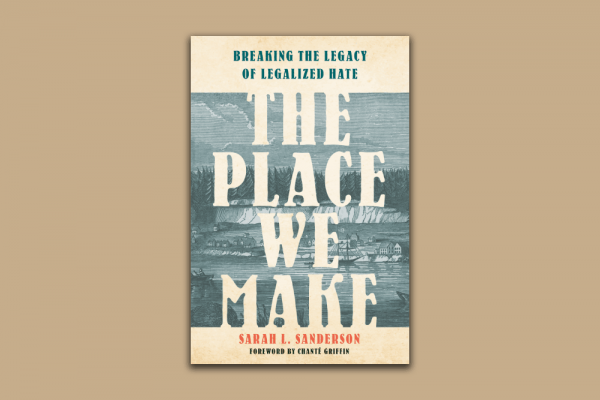Ambitious in scope, The Place We Make is part cultural and geographic history, part spiritual memoir, with thoroughly researched original source documents and contemporary voices. The structure of the book alternates between historical profiles from Vanderpool’s context and Sanderson’s personal moves from the places of ignorance, silence, and exclusion toward empathy, self-disclosure, and community. It is no small task to write as a confessional Christian while clearly identifying the numerous ways Christianity has served to create and perpetuate white supremacy. Sanderson tackles this challenge with humility, often citing theologians and Christians of color who have been wrestling with this paradox from the beginning of colonial modernity.
Read the Full Article

